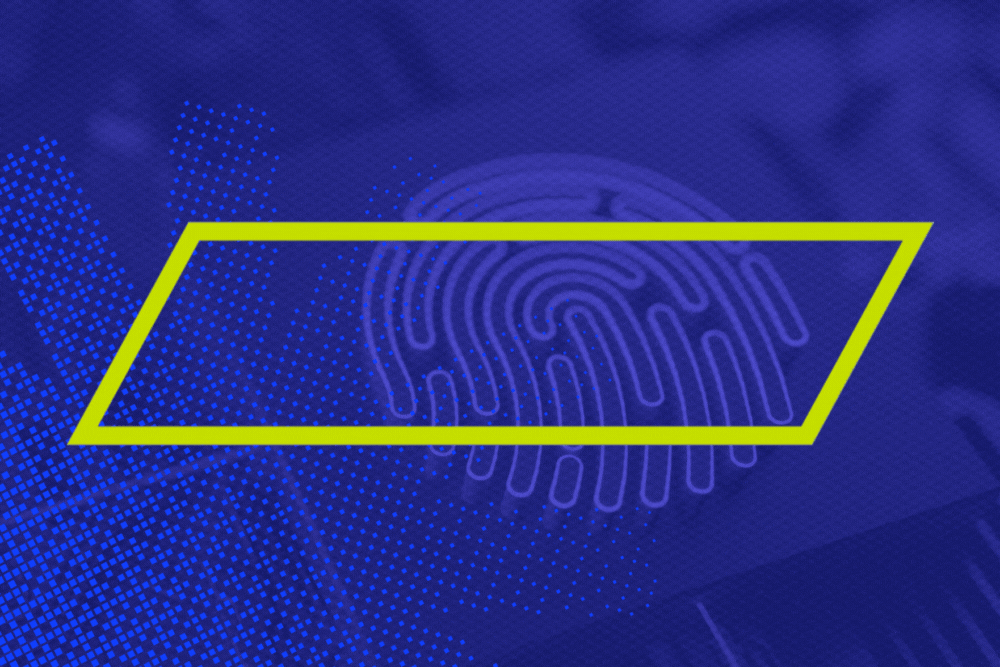With most budgets aimed at growth instead of defense, many small to mid-sized business owners wear the IT hat themselves. Yet, they don’t have the tools or time to do so effectively, and cybercriminals are well aware of these blind spots.
The fallout from a cyber attack is costly. Revenue decreases, productivity slows, and reputational damage remains. That’s why having a strong cybersecurity strategy has become a front-burner issue. In fact, 86% of small and midsize businesses say they have a prevention plan in place, but only 23% are confident they could spot a cyber threat.
Building a solid cybersecurity strategy doesn't have to be overwhelming or require an enterprise-level budget. Here are six practical steps every business leader can follow to protect their organization from cyber threats.
Why Every Business Needs a Cybersecurity Strategy
The Cost of Cyber Threats
Cybercrime is a growing threat, projected to cost businesses $16 trillion USD by 2029. And that’s just the representation of immediate financial impact. What’s not accounted for are the hidden expenses of a cyber attack, like productivity loss, stolen data, and broken customer trust.
Small businesses are especially vulnerable to cyber threats, with 43% of cyber attacks targeting them. Many assume they’re too small to be noticed, but hackers often see them as easy targets.
Cybercriminals are also getting smarter, using AI tools to scale attacks on critical systems and bypass traditional security measures. What worked a few years ago may not cut it anymore.
Regulations Are Tougher
Regulations add another layer of pressure. From HIPAA in healthcare to GDPR in Europe, businesses face strict rules to protect data. The fines for non-compliance are steep, too. GDPR fines can reach up to €20 million or 4% of annual revenue, whichever is higher.
HIPAA violations can also cost millions. And beyond money, non-compliance brings audits, scrutiny, and long-term reputational damage.
Cloud Adoption and Third-Party Vendors
Cloud adoption has exploded, and with that has come an increase in cloud-related breaches. Hybrid cloud setups add even more complexity.
Different platforms with varying policies and monitoring tools often don’t line up. Add legacy systems into the mix, and you’ve got outdated tech that can’t always be patched. Breaches spanning multiple environments now cost an average of $5.05 million USD.
Third-party vendors add more risk. Supply chain attacks, where hackers compromise a trusted partner to get to you, are on the rise. These cyber attacks are also the hardest to detect and contain, sometimes taking up to 267 days to resolve.
6 Steps to Creating a Cybersecurity Strategy That Works
1. Understand Your Environment
The foundation of any cybersecurity strategy is knowing your environment. Start by creating an inventory of all your assets–servers, laptops, phones, cloud accounts, and software subscriptions. Don’t forget about legacy systems that might still run quietly in the background.
Many breaches occur because small gaps, like outdated admin accounts or unsupported software, go unnoticed. Keeping an up-to-date inventory helps eliminate vulnerabilities that can catch you off guard.
Next, identify where your data lives. Do you store it on-site, in the cloud, or a combination of both? Who has access to it? Understanding your data and its location provides a clear picture of what needs the most protection.
PRO TIP
Don’t overlook third-party vendors. If they have access to your systems, weak security practices on their end could expose you to a supply chain attack. Conduct your due diligence on your vendors by asking questions like:
- Do they follow industry-standard cybersecurity practices?
- How do they secure their systems and sensitive data?
- Do they regularly update and patch their software?
2. Assess Risks and Set Priorities
Not all risks are created equal. Some vulnerabilities pose a bigger threat than others, so it’s important to prioritize. Conduct a risk assessment to identify your most critical assets and the biggest threats to them.
Ask yourself:
- What data or systems are most valuable to your business?
- What would happen if they were compromised?
- How likely is an attack on these assets?
This process helps you separate high-risk areas from lower-priority ones, allowing you to focus your time and resources where they’ll have the greatest impact. For example, protecting your customers' sensitive data or intellectual property may take precedence over securing less critical systems.
3. Implement Proactive Security Measures
Once you’ve identified your priorities, develop a plan to address them. Here are a few security measures you can put in place that go a long way in protecting your business from cyber threats:
- Use Multi-Factor Authentication (MFA): Passwords alone aren’t enough. MFA adds an extra layer of security by requiring a second form of verification, like a code sent to your phone.
- Update and Patch Regularly: Outdated software is a hacker’s dream. Keep your systems up to date to close security gaps. Make a plan to upgrade any EOL systems as soon as you become aware that support is ending.
- Limit Access: Only give employees access to the systems and data they need for their job. This minimizes the damage if an account is compromised.
- Change Default Credentials: Many devices come with default usernames and passwords that are easy to guess. Change them immediately.
- Implement Processes: Create a formal process to request and approve admin access, ensuring you vet each request for a valid business need to limit unnecessary permissions. Similarly, establish an SOP for employee departures, requiring HR to notify IT with termination details to promptly deactivate accounts and block unauthorized access.
4. Incorporate Cybersecurity Awareness into Company Culture
A cybersecurity strategy isn’t just an IT project. It’s a business-wide initiative that touches all departments. That’s why building cybersecurity awareness into your workplace culture is essential. People are often the weakest link in security, with human error contributing 90% of data breaches.
But with the right training, your employees can become your strongest defense. Teach them to recognize phishing emails, handle sensitive data carefully, and follow cybersecurity best practices.
All Hands on Deck with a Cross-Functional Security Team
Keep in mind that a single training session won’t cut it. A strong cybersecurity strategy requires ongoing education and a cross-functional security team with clearly defined roles.
For example, finance can manage vendor risk. IT can handle monitoring and updates. And leadership sets the tone by clearly defining your organization’s security posture and emphasizing that protecting the business is a shared responsibility.
When cybersecurity becomes part of everyday conversations, every team member knows their role in safeguarding the organization. Building a strong cybersecurity strategy requires a collective effort.
5. Plan for the Worst
Even with the best defenses, your system isn’t bulletproof from cyber threats. That’s why every organization needs a plan for what to do if a cyber attack happens.
Your cybersecurity strategy should have an incident response plan that includes:
- Role Definitions: Designate a cross-functional response team with clear roles and responsibilities. This should include experts from IT, management, legal, and communications.
- Communication Strategy: Know who you need to contact and when. This includes your employees, customers, suppliers, and potentially regulatory bodies.
- Containment Procedures: Outline the immediate steps to isolate affected systems to prevent the threat from spreading.
- Data Backups: Regularly back up all critical data to a secure, isolated location. These backups are your lifeline, allowing you to restore operations if your systems are compromised.
Think of it like a fire drill. You hope you never need it, but if the worst happens, you’ll be glad you prepared for a cyber attack.
6. Monitor, Test, and Review
You wouldn’t wait five years to service your car. The same applies to your cybersecurity strategy. Regular monitoring and testing keep your systems healthy and help you spot red flags before they escalate.
There are different ways to test your environment. Vulnerability scans look for weak points. Penetration tests simulate real-world attacks. Even simple phishing tests for employees can reveal risky behaviors before attackers exploit them.
Monitoring is just as important. Protective monitoring helps keep an eye on unusual activity, like someone logging in at 2 am from another country. It also helps you catch an insider threat, like a compromised employee account, before it escalates.
Consistency is Key
Finally, schedule regular reviews of your entire cybersecurity strategy. This is also a good time to gather feedback from your team. They are on the front lines and may have valuable insights into what’s working and what's not.
PRO TIP
You don’t need expensive tools to get started. Routine checks can be as simple as reviewing your backups once a month to make sure they actually work or verifying who has access to sensitive data. Whether it’s monthly, quarterly, or twice a year, set a schedule and stick to it.
Cybersecurity Best Practices Tailored to Your Business
For years, many small to mid-sized business owners assumed cybercriminals wouldn’t bother targeting them. Unfortunately, reality has caught up, and too many know just how vulnerable their organizations are.
But you don’t have to learn the hard way. You can partner with a managed IT provider like Compass MSP to make your cybersecurity strategy stronger and easier to manage.
We offer expert support and advanced monitoring to give you peace of mind about your systems and sensitive data. Connect with our team to learn how we can help you implement cybersecurity best practices in your business.
.gif)







